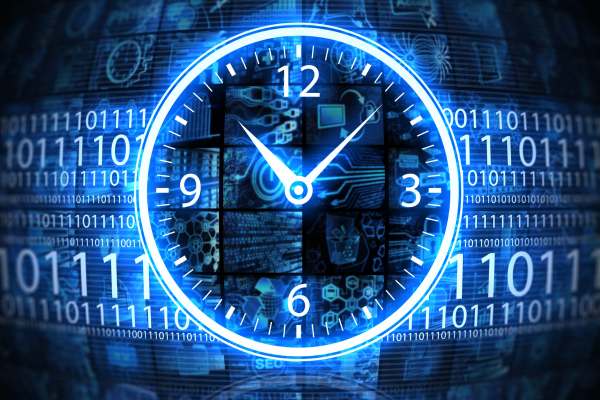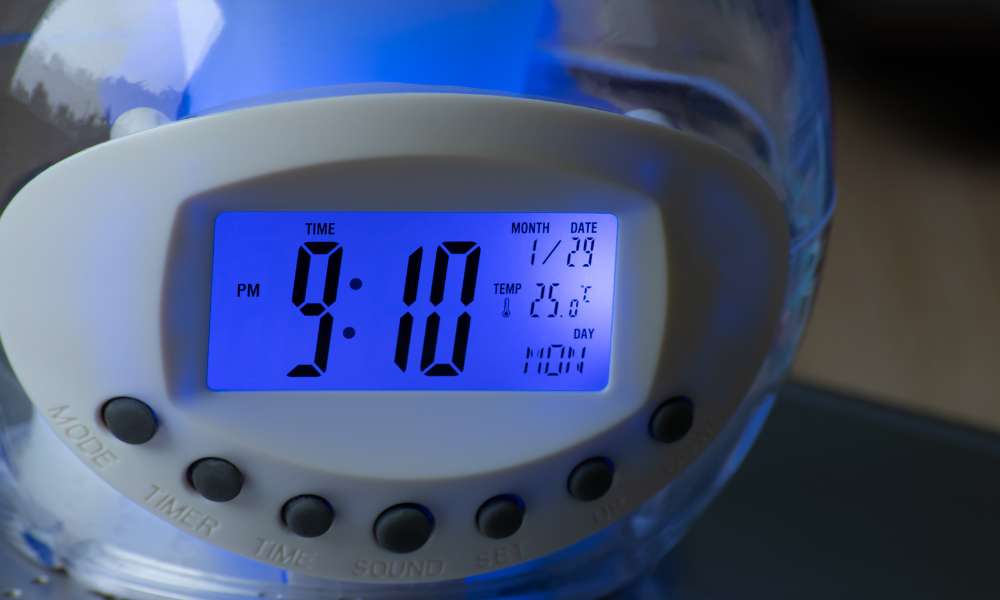In the complex realm of is a Clock in Digital Electronics, timing is crucial, acting as the backbone that ensures all components function harmoniously and efficiently. The precision of this timing directly impacts the performance, reliability, and capability of digital systems to handle intricate operations. Central to this vital timing is the clock signal, the heartbeat of any digital circuit. It provides regular pulses that dictate the timing of all computing activities, synchronizing various components to ensure smooth data flow and timely actions. This article explores the critical role of clock signals, detailing their generation, distribution, and use in driving the rhythmic pulse essential for modern electronic devices. It offers deep insights into their functionality and design..
Basics of Clock Signals

In digital electronics, a clock signal acts as the rhythmic backbone that ensures all parts of the system operate in unison and efficiently. This type of electronic signal oscillates between a high and a low state, typically in a square wave form, and coordinates the actions of digital circuits.. By providing a series of precise, timed pulses, the clock signal regulates the timing of data transfers and the execution of instructions within the circuit.
Each pulse of the clock sets the pace at which all synchronized operations in the system are carried out, from the smallest data flip-flops to complex computations in the processor. This synchronization is crucial because it ensures that each part of the digital circuit or system activates at just the right moment, maintaining order and coherence in the process flow, whic allows the digital device to perform its functions reliably and predictably.
Types of Clock Signals

Clock signals in digital electronics are vital for meeting diverse operational demands and adapt based on transmission methods and origins. Single-ended clock signals utilize one signal wire and a common ground. They are simple and economical but more prone to noise, making them suitable for less critical applications or shorter distances. Conversely, differential clock signals employ two wires carrying inverse signals, greatly enhancing resistance to electromagnetic interference and supporting reliable data transmission over longer distances or in environments with high electromagnetic noise. These are ideal for high-speed operations in settings like server farms and network equipment. Clock signals can also be external, supplied from an external source for synchronized operations across devices, or internal, generated within the device by an oscillator for consistent timing in applications like PCs and consumer electronics. Each type is tailored to optimize system performance and reliability.
How Clock Signals Work

In digital electronics, a clock signal plays a crucial role in synchronizing the operations of digital circuits. This signal, which oscillates between a high and a low state, coordinates the timing of data transfer and processing within an electronic system. It ensures that all parts of the circuit act at the same moments, thus allowing for orderly and predictable data flow and operation. Clock signals are fundamental in systems ranging from simple microprocessors to complex computer architectures, serving as the heartbeat that aligns the sequence of computations and the execution of tasks across various components of the electronic device.
Clock Distribution Networks

In digital electronics, clock distribution networks are crucial for ensuring that the timing signal reaches all parts of a system synchronously. These networks are designed to deliver the clock signal from a single source to various components within a circuit without significant delay or distortion. This is vital for maintaining the overall system’s timing integrity, as the precise synchronization of operations depends on the uniform distribution of the clock signal. Advanced techniques like buffer insertion, balanced tree structures, and differential signaling are employed to minimize skew and signal degradation over distances. Efficient clock distribution is essential for the reliable performance of complex digital systems, such as CPUs and FPGAs.
Applications of Clock Signals
Clock signals play a crucial role in digital electronics, serving as the heartbeat for synchronizing operations within a circuit. They are essential in timing and controlling the sequence of operations in microprocessors, memory devices, and digital signal processors. In microprocessors, clock signals regulate the execution of instructions, ensuring that data is processed accurately and efficiently. In memory devices, they synchronize data storage and retrieval, enhancing overall performance. Clock signals are also vital in communication systems, coordinating data transmission and reception to maintain data integrity. Additionally, in digital watches and timing devices, clock signals provide precise timekeeping, making them indispensable in various digital applications.
Advanced Technologies in Clocking

The landscape of digital electronics clock technology is rapidly evolving, driven by the need for more precise and stable clock signals in complex systems. Phase Locked Loops (PLLs) are crucial, synthesizing high-frequency signals from low-frequency references to enhance signal integrity and synchronization while reducing phase noise. Spread Spectrum Clocking (SSC) reduces electromagnetic interference by spreading the signal’s frequency spectrum, crucial in dense electronic environments. Future trends may focus on reducing power consumption, minimizing latency, and integrating dynamic frequency scaling and artificial intelligence to optimize performance and efficiency dynamically.
Troubleshooting Common Clock Issues
Troubleshooting common clock issues in digital electronics is crucial for maintaining the reliability and efficiency of your devices. A digital clock within an electronic system, often manifesting as a timing signal, is essential for synchronizing operations. Common issues include clock skew, where timing signals are misaligned, and jitter, which refers to the variability of the clock signal’s frequency. To address these, ensure the clock source is stable and check for any environmental factors that might affect signal integrity. Using appropriate buffering strategies and minimizing the path length differences in your circuit design can also significantly reduce these problems. Regularly monitoring the performance and integrity of your clock signals can prevent potential system failures.
Final Thought
Clock signals are crucial for the functionality and efficiency of digital electronics, orchestrating the synchronization and operation of components within systems. These signals facilitate orderly task execution, essential for maintaining the reliability of everything from consumer electronics to complex systems. Continuous advancements in clock technology, such as Phase Locked Loops (PLLs) and Spread Spectrum Clocking (SSC), meet increasing demands for precision and efficiency, addressing issues like jitter and electromagnetic interference. As digital technology evolves, the refinement of clock signals ensures that future devices achieve greater speed, reliability, and efficiency, laying a robust foundation for the next wave of digital innovations.

